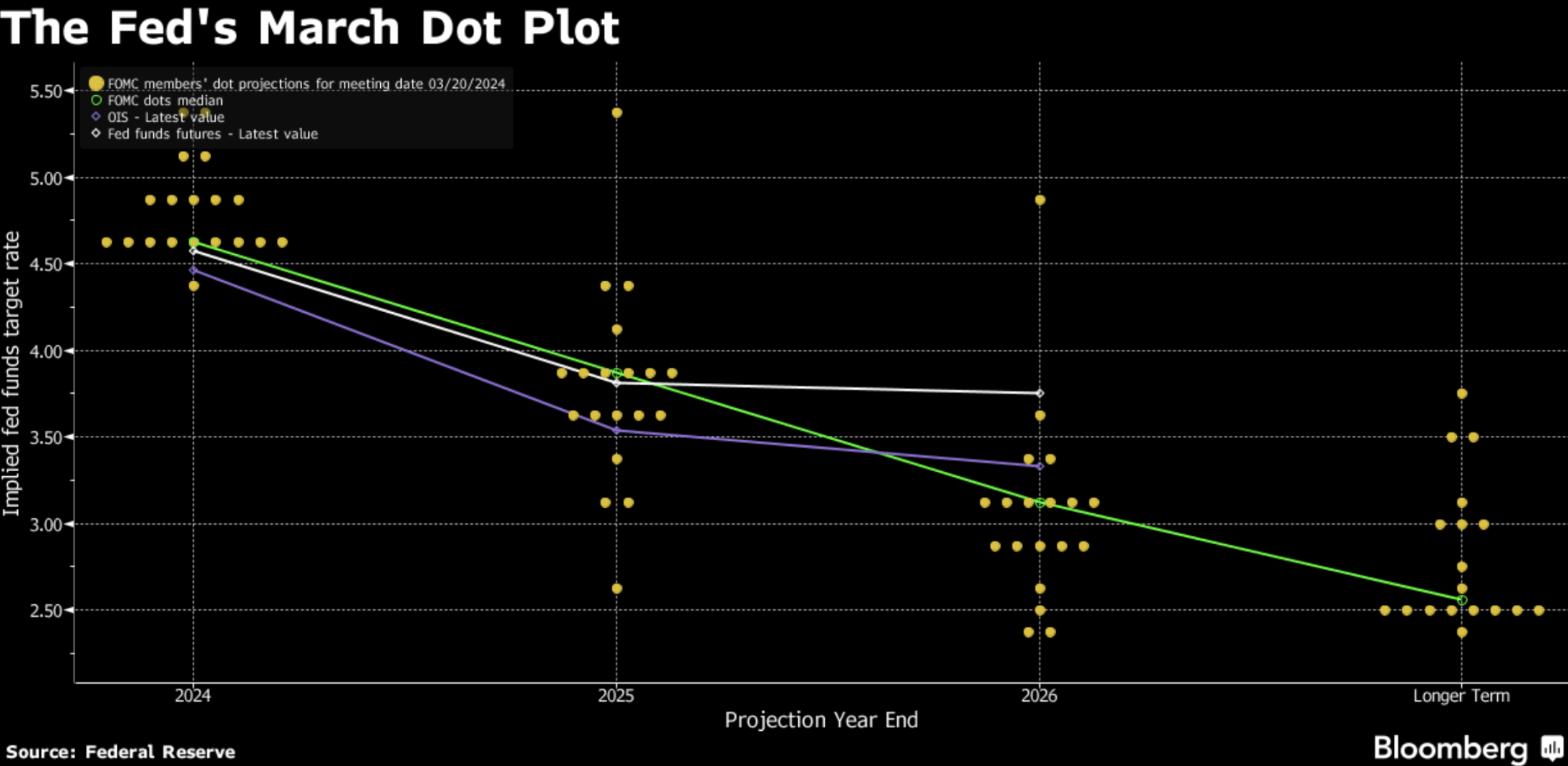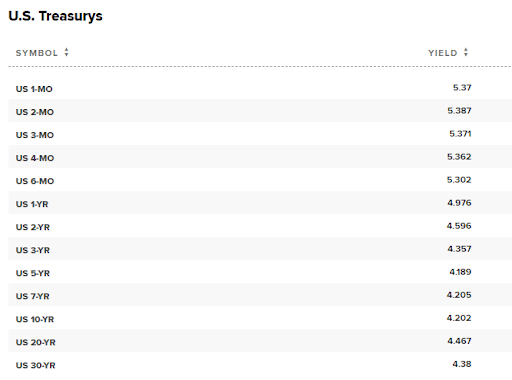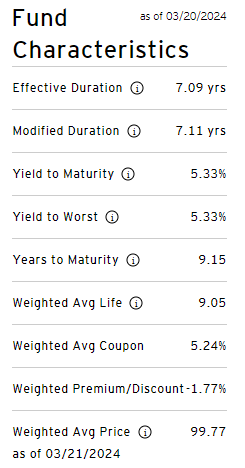It’s Time to Consider Securing Longer Term Yields
Aside from the NVIDIA GTC conference, which was a huge success for the company’s stock and for the tech sector in general, the release of the Fed’s dot plot plan might have actually delivered more thunder to the bullish narrative for the stock market. Prior to the Federal Open Market Committee (FOMC) meeting, Bank of America reported that U.S. equity funds suffered redemptions of $22 billion in the week through last Wednesday — the biggest since December 2022 — according to EPFR Global data.
Boy, was that $22 billion wrong, convinced the Fed would reduce the number of rate cuts in 2024 from three to two, one or none. There was real trepidation going into the meeting riding on two hotter-than-expected inflation reports that had Treasury yields at their highest levels year to date. Bond and stock investors had bought into the higher-for-longer narrative hand over fist heading into the FOMC meeting and were caught flat-footed. This outflow ran counter to the prior week, which had attracted record inflows.
Just for clarity, Bloomberg defines that “the dot plot is a chart showing estimates of what the federal funds rate should be going forward. Members of the rate-setting Federal Open Market Committee each assign a dot for what they view as the midpoint of the rate’s appropriate range at the end of each of the next three years and over the longer run. Investors focus on the median dot. As many as 19 monetary policymakers — the seven governors on the Fed Board in Washington and the presidents of the 12 regional banks — can contribute a dot.”

From the dot plot chart above, the Fed’s median long-term forecast for the Fed funds rate is currently 2.50%. This is a compellingly bullish chart if you are a bond investor. If short-term interest rates are halved from current levels over the next 3-5 years, bond prices will trade markedly higher over this timeframe. It also means that if the Fed is right about this trend, then there isn’t much time to lock in longer-term yields.
At this juncture, investors are loving the 5%+ yields being paid out from money markets, T-Bills and CDs. The Schwab Value Advantage Money Fund — Investor Shares (SWVXX) pays a seven-day yield of 5.17%. That’s about as good as it gets for a premier investment bank. The latest CME FedWatch Tool has a 66.7% probability that a quarter-point cut is coming at the June 12 FOMC meeting, less than three months away, that would take the Fed funds rate down to 5.00-5.25% from 5.25-5.50%.
Income investors are faced with how to lock in yields without taking undo risk by going too far out on the yield curve, where if inflation reignites, would be highly detrimental to the bond principle. It can be argued that with the 10-year Treasury paying 4.20%, then going out 20 years to get 4.47% or 30 years to receive 4.38% isn’t working the extra 18-27 basis points. At the same time, if short-term rates are going to 2.5% over the next five years, then it stands to reason to look at the 7-10-year maturities.
The $34.6 trillion in federal debt is fast getting some long overdue concern by policymakers, but investors shouldn’t expect any progress on the debt issue during a presidential election year. In a recent note by BofA, “the United States is adding $1 trillion worth of debt to its total balance every 100 days.” So, it is perfectly understandable if piling into Treasuries to lock in yields generates an elevated level of nervousness, wondering if and when a future Treasury auction goes badly.

Source: www.cnbc.com
One alternative to long-dated Treasuries that pay a higher yield is investment-grade corporate bonds. However, building one’s own investment-grade portfolio is not easy, and is in fact quite a challenge in this market where most of the attractive issues are gobbled up by institutional buyers. Fortunately, there are ETFs that do the job of providing excellent yields, diversification and monthly payments.
One such product is the Invesco BulletShares 2033 Corporate Bond ETF (BSCX) which sports a SEC 30-day Yield of 5.2%, a Distribution Rate of 5.05% and a Yield to Maturity of 5.33%. The effective duration is around seven years, which takes into account changes in interest rates, callable features, coupon payments and individual bond maturity dates. The portfolio holdings that number 232 are typically held to maturity where if any bonds are called early, the proceeds are invested in like kind securities subject to where interest rates are trading at the time.

Source: www.invesco.com
This is just one example of how Invesco and other ETF sponsors make it easy to ladder out bond portfolios in investment grade, high-yield and municipal securities depending on risk tolerance and one’s tax bracket. Buying an unleveraged bond portfolio ETF that charges only a 0.10% management fee with a single click of the mouse is in my view a timely place for those seeking to start locking in yields before the Fed gets busy cutting rates as early as June.
The days of 5%+ short-term money look like they are coming to an end relatively soon. Securing 5%+ yields for the next 7-10 years with bond prices set to appreciate nicely in a down rate environment is a Goldilocks moment for fixed-income assets. Based on his post-FOMC presser, Fed Chairman Jerome Powell seems to believe it’s a done deal.

